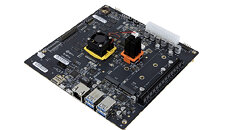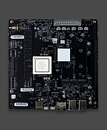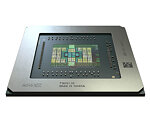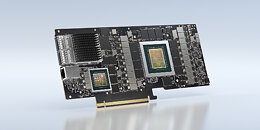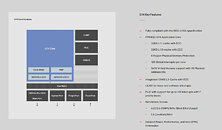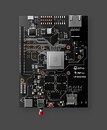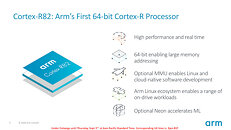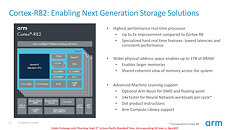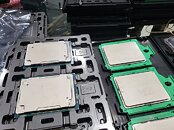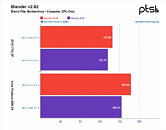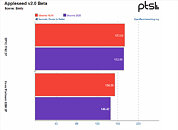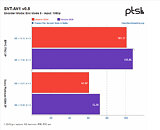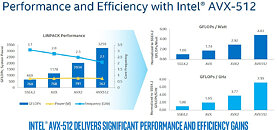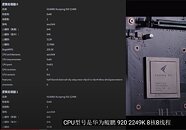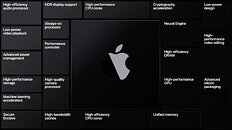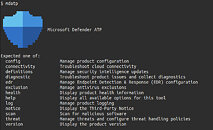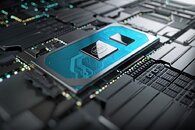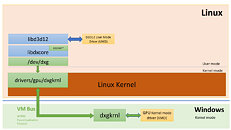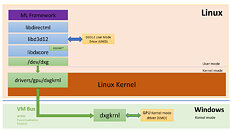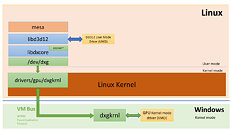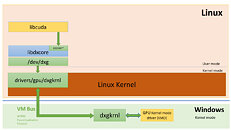
Linus Torvalds Calls Out Intel for ECC Memory Market Stagnation
Linus Torvalds, the inventor of the Linux kernel and version-control system called git, has posted another one of his famous rants, addressing his views about the lack of ECC memory in consumer devices. Mr. Torvalds has posted his views on the Linux kernel mailing list, where he usually comments about the development of the kernel. The ECC or Error Correcting Code memory is a special kind of DRAM that fixes the problems that occur inside the memory itself, where a bit can get corrupted and change the data stored, thus offering false results. ECC aims to fix those mistakes by implementing a system that fixes these small errors and avoids bigger problems. According to Mr. Torvalds, it is a technology that we need to be implemented everywhere, not just server space like Intel imagines.
Linus TorvaldsIntel has been instrumental in killing the whole ECC industry with it's horribly bad market segmentation... Intel has been detrimental to the whole industry and to users because of their bad and misguided policies wrt ECC. Seriously...The arguments against ECC were always complete and utter garbage... Now even the memory manufacturers are starting do do ECC internally because they finally owned up to the fact that they absolutely have to. And the memory manufacturers claim it's because of economics and lower power. And they are lying bastards - let me once again point to row-hammer about how those problems have existed for several generations already, but these f***** happily sold broken hardware to consumers and claimed it was an "attack", when it always was "we're cutting corners".



